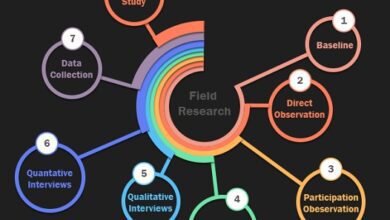Visual analog scale definition/types/Usages/Advantages
Visual analog scale (VAS)
The visual analog scale is a psychometric scale that is generally used in a health care survey to find out the varying degrees of pain a patient experiences. Visual analog scale definition
It is also used in surveys to measure characteristics and attitude over a continuous range of values.
The visual analog scale is comparable to other linear scales such as the Likert scale in terms of results and sensitivity of performance.
The visual analogue scale is frequently used in the analysis of clinical or community health, especially to determine the severity or frequency of certain diseases.
For example, if a person is in pain, they can rate that pain from a grade that continuously ranges from “no pain” to “the most severe pain possible. This scale was essentially developed to measure the basic element of continuity for pain measurement.
The use of the visual analog scale was used for the first time with patients with different levels of pain and later it was also used with hematology patients who were on the mend receiving drug therapy.
The visual analog scale has been widely accepted by patients who have used it and, therefore, even elderly patients with minimal assistance are able to respond to this scale.
Visual analog scale types
There are multiple ways to represent the Visual Scale:
Differential semantic visual analog scale (non-sliding ): This scale consists of circles at equal distances and depending on the desired option, the respondent must select one.
Sliding Visual Analog Scale : Respondents can show their level of agreement by using a slider that has adjectives corresponding to the issue at hand, such as the two ends of the scale and other intermediate terms connecting the two. Visual analog scale definition
Respondents can submit accurate comments on the survey question, which makes this scale very popular with both respondents and pollsters.
Each end of this scale is a label for the symptom to be analyzed.
To measure the magnitude of pain, the most widely used scale is “no pain” (corresponding to the 0 scale) and “excruciating pain” (corresponding to the 100 scale).
Respondents indicate their degree of acceptance of a statement by specifying a point on the continuous scale between two end points.
Uses of the visual scale in surveys
The survey software QuestionPro provides options such as the sliding scale, which makes the visual analogue scale is practically possible.
That is, with options such as the smiley scale, sliding scale, and numerical scale, our software makes it easy to implement and analyze the visual scale.
You can collect the responses and, based on the comments received, the improvement actions can be decided. These responses are updated in real time as the responses continue to be taken from the survey.
Advantages of the visual analog scale
These are some of the advantages of using this type of visual scale:
- Ease of use : The EVA is easy for respondents to answer and very easy for the interviewer to follow. The evaluation of this scale does not require technical knowledge, since it is enough to measure the distance of the evaluation scale to calculate the score.
- Registers the evolution of the patient: It is a very valuable scale to measure the improvement of the patient’s health over time.
- Quick to answer: This scale is answered in less than a minute.
- Highly Reliable : EVA is extremely reliable in recording a patient’s progress when performed before and after surgery or therapy.
